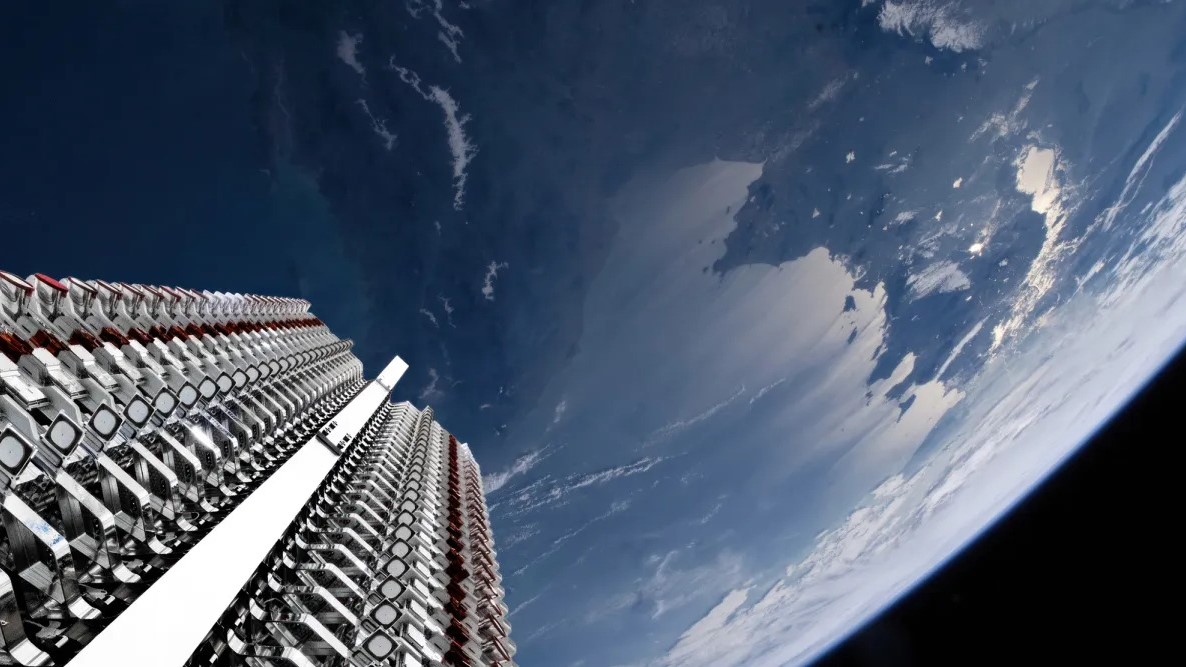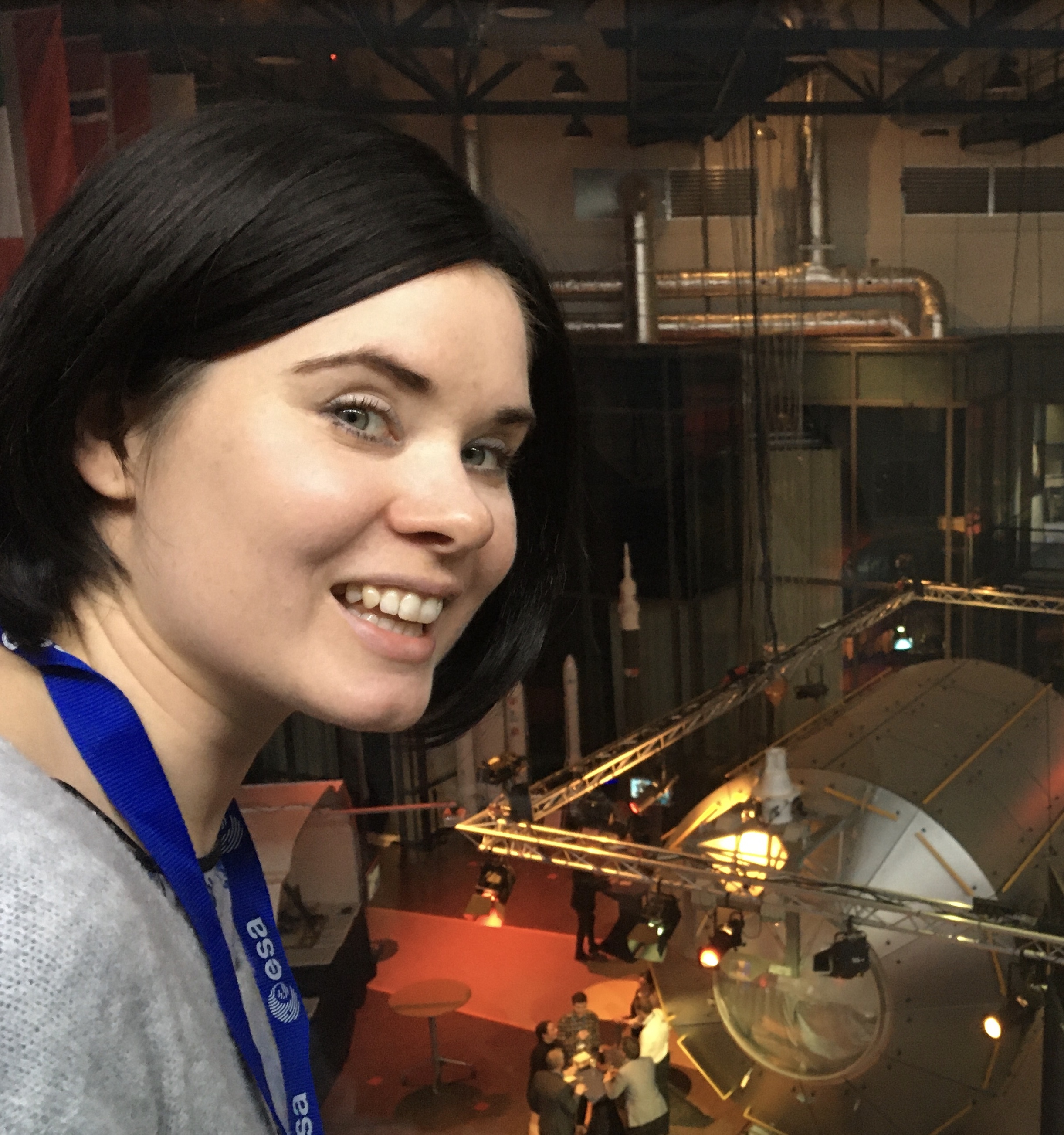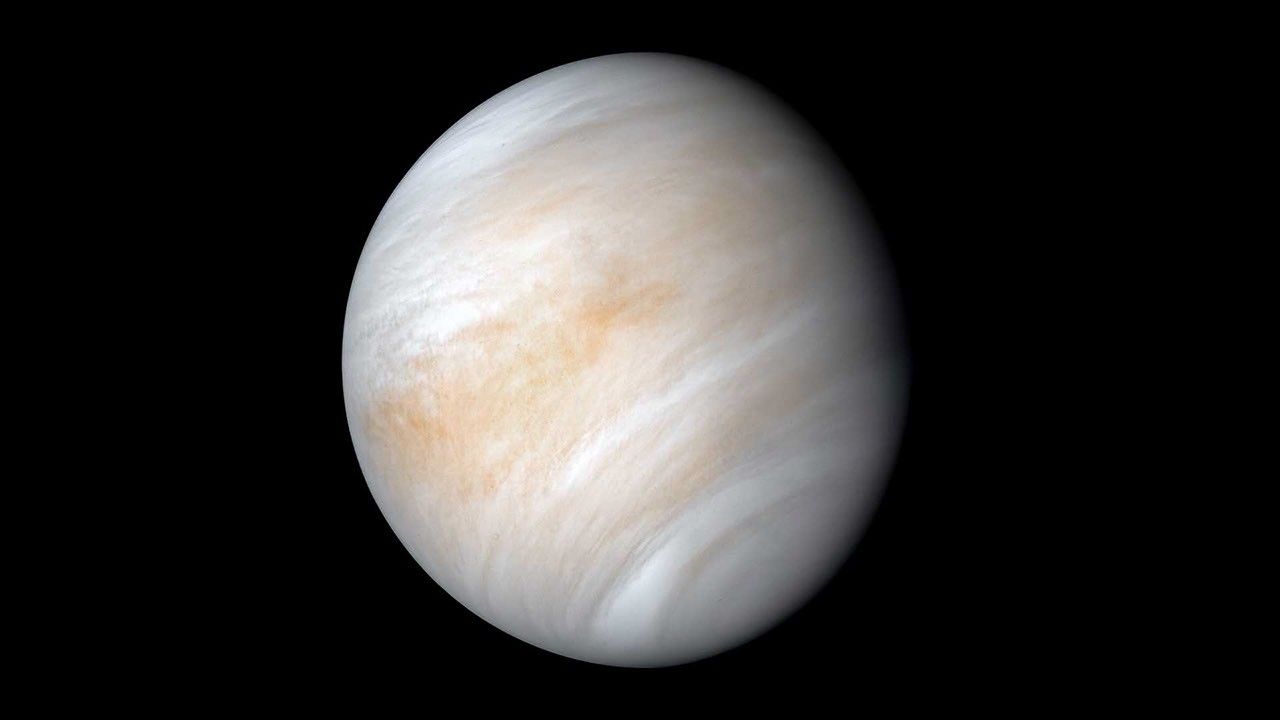Is low Earth orbit getting too crowded? New study rings an alarm bell
With each new spacecraft launched, the risk of orbital collisions grows.

Hundreds of satellites may soon be flying in orbital regions that are already too packed to allow safe and long-term operations, a new study suggests.
The study found that, while in 2019 only 0.2% of satellites in Earth orbit were forced to perform more than 10 collision-avoidance maneuvers per month, that percentage had risen sevenfold by early 2025, to 1.4%. That number might still seem low, but it means that some 340 satellites spend a lot of time dodging debris and other spacecraft.
Moreover, the satellite population is set to keep growing. While in 2019 about 13,700 objects (including space junk) zoomed around the planet in low Earth orbit (LEO), at altitudes below 1,200 miles (2,000 kilometers), that number has since risen to 24,185 objects in 2025, an increase of 76%, according to the study. By the end of this decade, some 70,000 satellites may reside in LEO, according to industry growth predictions, representing a more than fivefold increase compared to the 2019 situation.
The study team members said that they selected 10 collision-avoidance maneuvers per month as a threshold at which satellite operation may become too complicated to be beneficial.
"Operators don't want to be spending all their time worrying about collision avoidance," study co-author Maya Harris, a research assistant and science graduate of the Massachusetts Institute of Technology (MIT), told Space.com. "They don't want to spend all of their propellant doing maneuvers."
The researchers used data from the catalog of space objects maintained by U.S. Space Command and modeled the likelihood of a collision for each pair of objects, satellites and debris alike, residing in the same orbital region. Every time two objects came within less than 66 feet (200 meters) of each other, the researchers noted the event as requiring a collision-avoidance maneuver.
Different operators choose a different threshold to perform collision-avoidance maneuvers. NASA spacecraft mostly maneuver when the collision risk is greater than 1 in 10,000. SpaceX — the world's biggest satellite operator, with its Starlink broadband megaconstellation — is more cautious, using its autonomous space dodging system to avoid an object posing a risk greater than 1 in 3.3 million.
Breaking space news, the latest updates on rocket launches, skywatching events and more!
Frequent maneuvers present a disruption to operations that some satellite handlers are better able to absorb than others, Hugh Lewis, a space debris expert and professor of astronautics at the University of Birmingham in England, told Space.com.
"For an Earth-observation spacecraft, there's probably a much bigger disruption to make a maneuver, because they have to control their altitude and inclination very precisely in order to achieve a particular ground track," said Lewis, who was not part of the new study. "But for spacecraft like Starlink, they have a great deal of flexibility about the orbits that they can be in and still deliver the service."
In addition to the disruption to service, the avoidance maneuvers are not guaranteed to succeed. Space tracking is not perfectly accurate, and miscalculations are possible. On top of that, earlier studies have shown that performing an avoidance maneuver creates a higher risk of a subsequent collision with another spacecraft, as it alters the satellite's trajectory in a way that collision-prediction algorithms may not immediately account for. The more satellites in orbit, the higher the risk of one of these maneuvers failing.
Lewis said that data suggest there is already around a 10% chance of an in-orbit collision happening within a year from now. A full-on satellite collision would create thousands of new debris fragments, which would further increase the need to maneuver for operational spacecraft in nearby orbits and thus boost the probability of subsequent collisions. It is this risk of collisions that concerns researchers and operators alike.
"If we have more collisions that create a lot of debris, that will lead to us reaching [full orbital] capacity much sooner," Harris said.
Lewis said that, according to the latest report filed to the U.S. Federal Communications Commission, SpaceX's Starlink satellites performed 145,000 collision-avoidance maneuvers in the six months prior to July 2025. That would be equivalent to around four maneuvers per satellite per month.
"They seem to be able to accommodate that really well," Lewis said. "They don't seem to be saying that it's getting really hard, so they might be able to accommodate it even if we get to the 10 per month."
The new study found that satellites orbiting at certain altitudes face more congestion than others. In orbital regions between the altitudes of 25 miles and 370 miles (400 to 600 km) and 435 miles and 500 miles (700 and 800 km), many satellites are already forced to dodge collisions more than 10 times per month.
"Although most of the orbit is not yet at capacity, some regions already are," said Harris. "The two most affected areas are between 400 and 600 kilometers, where many active satellites are, and then between 700 and 800 kilometers, where there is a lot of space debris."
The new study suggests that satellite operators may be able to better use the available space by launching less into orbits that are already too crowded and operating their constellations in a coordinated manner so that their satellites' orbits are in sync rather than crossing each other.
Lewis, however, questions whether global coordination of satellite operations is feasible. SpaceX is currently the by far largest satellite operator, but the company could soon have some competition for that title: Countries all over the world, including perceived adversaries like China, have plans to develop their own constellation of tens of thousands of satellites.
"I don't think it's likely to happen that you would get SpaceX and the Chinese coordinate how they structure and operate their systems," Lewis said.
The study was published in the October issue of the journal Acta Astronautica.
Editor's note: This article was updated on Oct. 14 to clarify that NASA spacecraft maneuver when the collision risk is greater than 1 in 10,000, not 1 in 100,000, and that Starlink satellites are now using a maneuver threshold of 1 in 3.3 million, not 1 in 1 million.

Tereza is a London-based science and technology journalist, aspiring fiction writer and amateur gymnast. Originally from Prague, the Czech Republic, she spent the first seven years of her career working as a reporter, script-writer and presenter for various TV programmes of the Czech Public Service Television. She later took a career break to pursue further education and added a Master's in Science from the International Space University, France, to her Bachelor's in Journalism and Master's in Cultural Anthropology from Prague's Charles University. She worked as a reporter at the Engineering and Technology magazine, freelanced for a range of publications including Live Science, Space.com, Professional Engineering, Via Satellite and Space News and served as a maternity cover science editor at the European Space Agency.
You must confirm your public display name before commenting
Please logout and then login again, you will then be prompted to enter your display name.
